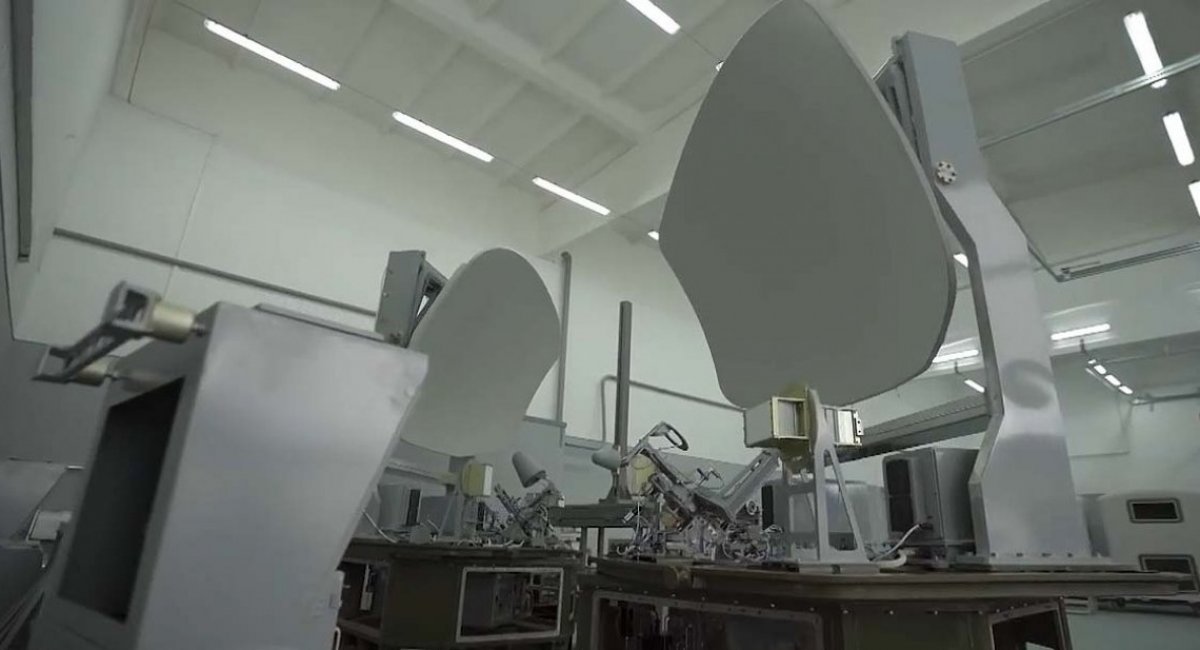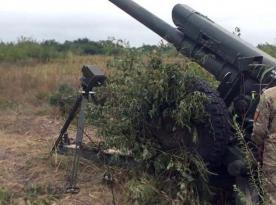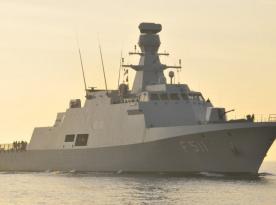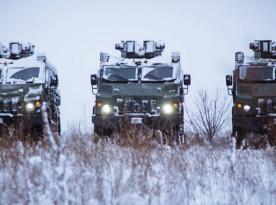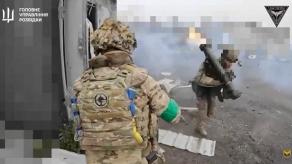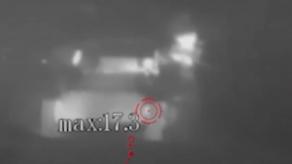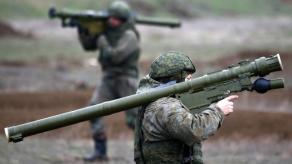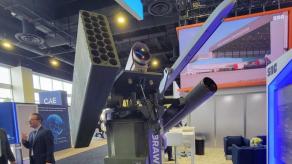The State Company DP Radiovymiriuvach is completing the manufacturing and testing process for initial two beyond-line-of-sight (BLOS) search-and-track radars Mineral-U developed by the State Company DP NDI Kvant-Radiolocation. Mineral-U would be used to search and track enemy ship targets for Neptune’s R-360 missiles.
Radiovymiriuvach is currently awaiting the arrival of truck chassis on which the radars would be mounted and tested as a component of the RK-360 MTs Neptune ASCM system.
Read more: KB Luch Demonstrates its Vilkha-M MLRS, Barrier-S ATGM at an Expo in Iraq
“Here you can see the two radars that would support operation of the Neptune system. A process is under way to fine-tune the radars and get them ready for mounting on the truck chassis that are due to arrive soon,“ CEO of Kvant-Radiolocation Eduard Kasapov said in a Security Talks interview.
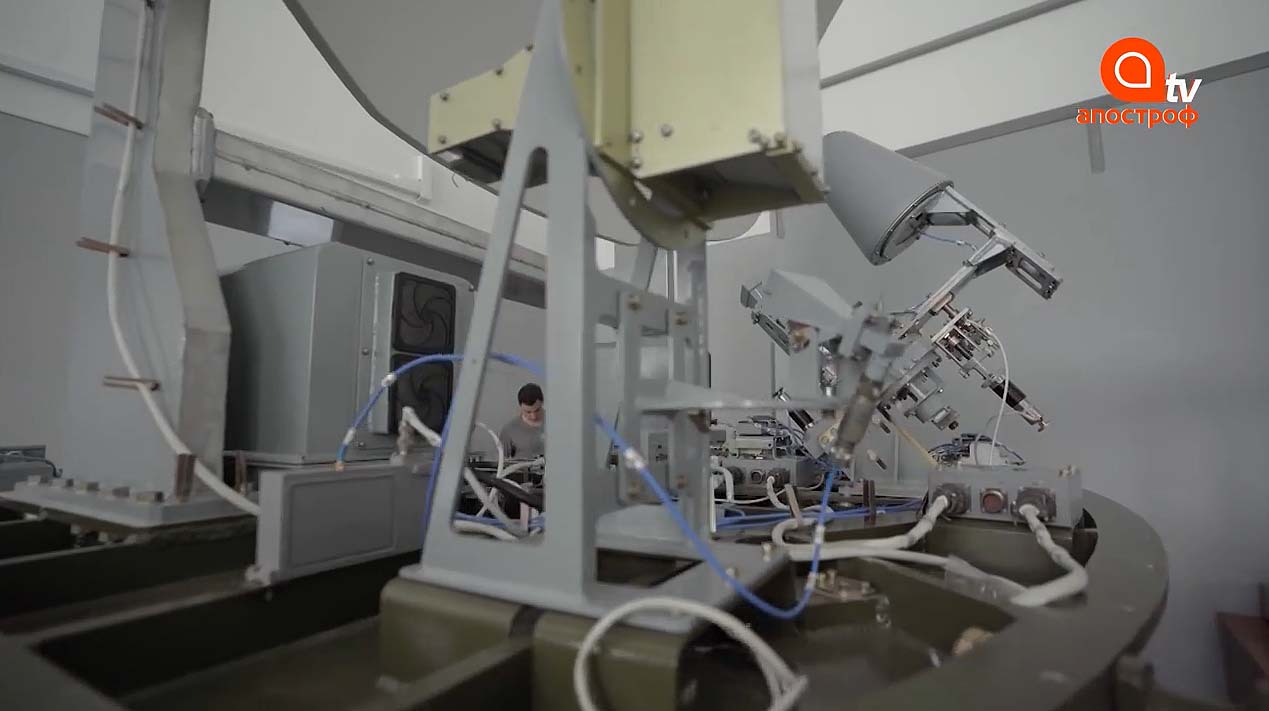
The Mineral-U R&D project was ordered in 2018 and two prototypes built on a domestically-produced truck chassis were contracted in December 2019.
“The Mineral was initially developed in Mineral-ME configuration that is optimized for ship-based operation. Now we have developed a ground-based configuration optimized to be mounted on a KrAZ truck chassis. But the troubles that had faced AvtoKrAZ forced another choice favoring a Tatra truck chassis," said Mr Kasapov.
“The [ground-based Mineral-U] radars haven’t yet been put through qualification trails, and so they will be field-tested mounted on Tatra truck chassis that are due for delivery by year’s end. Afterwards, everything will depend on orders coming to us,” he went on to note.
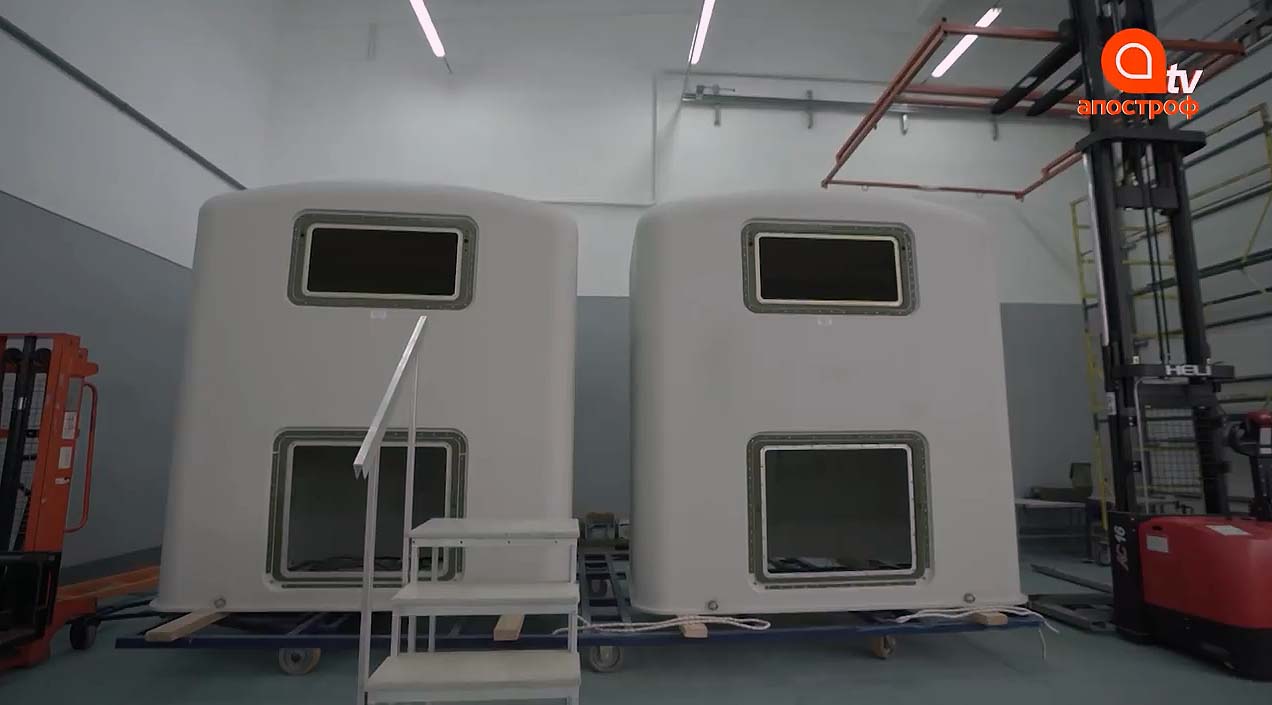
DE memo: the ground-based Mineral-U radar system is meant to provide guidance to missile systems, including the RK-360MTs Neptune. It can operate in passive or active modes depending on mission specifics and is designed with a protective radio-transparent enclosure.

The initial Neptune ASCM battery is scheduled for delivery by April 2022.
A Neptune battalion would typically consist of: (1) mobile command and control post, (2) three launcher batteries consisting of two launchers USPU-360 each, (3) operational support battery consisting of six transporter/transloader vehicles each carrying one storage/transport/launch canister TPK-360, (4) logistical units.Each Neptune battalion will have a standard missile establishment of 72.
The Neptune is being designed as a day/night all-weather weapon system capable of operating in severe ECM environments and under heavy enemy counterfire. It would be able to engage targets at ranges from 7 to 280 km. Full salvo – 24 missiles. The time lag between missiles launched in a salvo – 3…5 s. Time from the end of mission to ready-to-fire time for the next mission – ≤15 min. ASCM Neptune vehicle range – ≤1,000 km.
Three Neptune ASCM batteries have been on order so far.
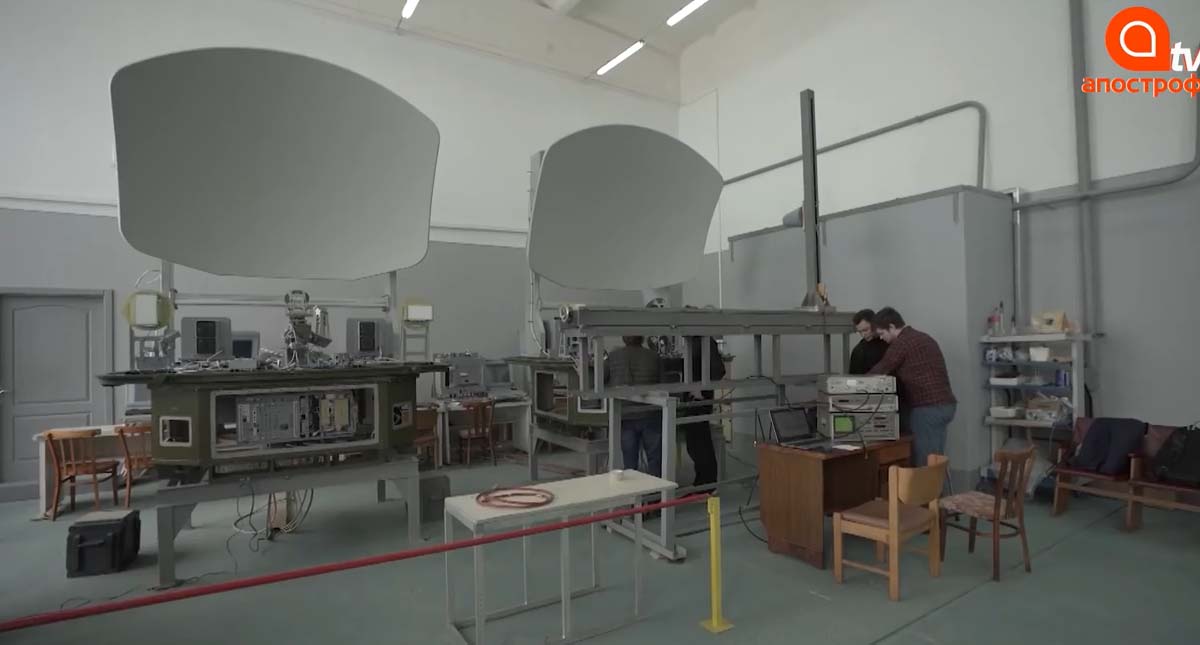
Read more: Ukraine’s Brand New Vilkha-M MLRS Finds its First Export Customers




